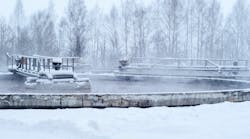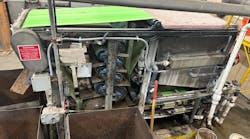The U.S. Environmental Protection Agency (EPA) is providing a $25,000 grant to the Onondaga Environmental Institute to teach high school students in Syracuse, N.Y., about the serious affects of water pollution on people’s health and the environment, as well as the importance of protecting rivers, lakes and streams in central New York.
Syracuse is located on Onondaga Lake, one of the country’s most contaminated lakes. The lake is polluted by a range of contaminants, from mercury to PCBs to untreated sewage that can lead to health problems and degrade water quality. Water pollution in low income areas of Syracuse has made the city a focus of EPA efforts to reduce pollution in low income communities.
Pathogens and toxic pollutants in rivers, lakes and streams pose risks to human health and can damage water habitats. Mercury in sediment and soil can build up in the tissue of fish and other wildlife and pose a threat to people who eat them. Exposure to mercury can damage people’s nervous systems and harm the brain, heart, kidneys, lungs and immune system. Untreated sewage can carry bacteria, pathogens and other harmful pollutants that can seriously degrade water quality and cause a number of illnesses, including gastroenteritis. PCBs are likely cancer causing chemicals and can have serious neurological effects.
The institute will use the environmental justice grant to give students a hands-on learning experience and provide the communications skills they need to become environmental stewards. The group will work with the Orenda Springs Learning Center to teach the students about water pollution, environmental laws and policies, and the importance of fish consumption advisories in protecting people’s health. The center features a classroom in the woods, which includes 130 acres of trails, streams and a pond.
Environmental justice means the fair treatment and meaningful involvement of all people, regardless of race or income, in the environmental decision-making process. Since 1994, the environmental justice small grants program has provided more than $23 million in funding to community-based nonprofit organizations and local governments working to address environmental justice issues in more than 1,200 communities. The grants further EPA’s commitment to expand the conversation on environmentalism and advance environmental justice in communities across the nation.
Source: EPA


